Give Your Kitchen A New Lease Of Life By Choosing The Most Effective Range Hood

The kitchen is perhaps the most important part of your home as it is the hub of all the cooking and most of the cleaning activity in the household. However, you might be surprised to know that in addition to the mouth watering aromas and smells, your kitchen also produces a variety of pollutants that contaminate the air and can be a major cause of several dangerous diseases. The cook tops and burners you use in your kitchen are not only a primary source of heat but also produce many harmful gases such as nitrogen dioxide, formaldehyde and carbon monoxide.
Contrary to the popular belief, using electric stoves does not prevent the production of these gases, although they do reduce the quantity in which they are produced. However, the electric stoves produce ultrafine particles in large quantities, which can easily mix with the air and enter the bodies through breathing. In addition, the cooking of food itself can result in the production of similar gases and particles that are harmful for human health.
Range Hoods And How They Can Help
The best way to maintain the cleanliness of the air inside the kitchen is to ensure adequate ventilation of this area. However, this might not always be possible in which case using a good quality range hood over the cooking area is the next best solution. A range hood is a canopy shaped device consisting of a fan and installed just above the cooktop or stove. It is designed to absorb the heat, grease, fumes, odor and smoke produced during the cooking process. An appropriate range hood can prove extremely effective preventing the harmful gases and substances produced in the kitchen from spreading across the entire home.
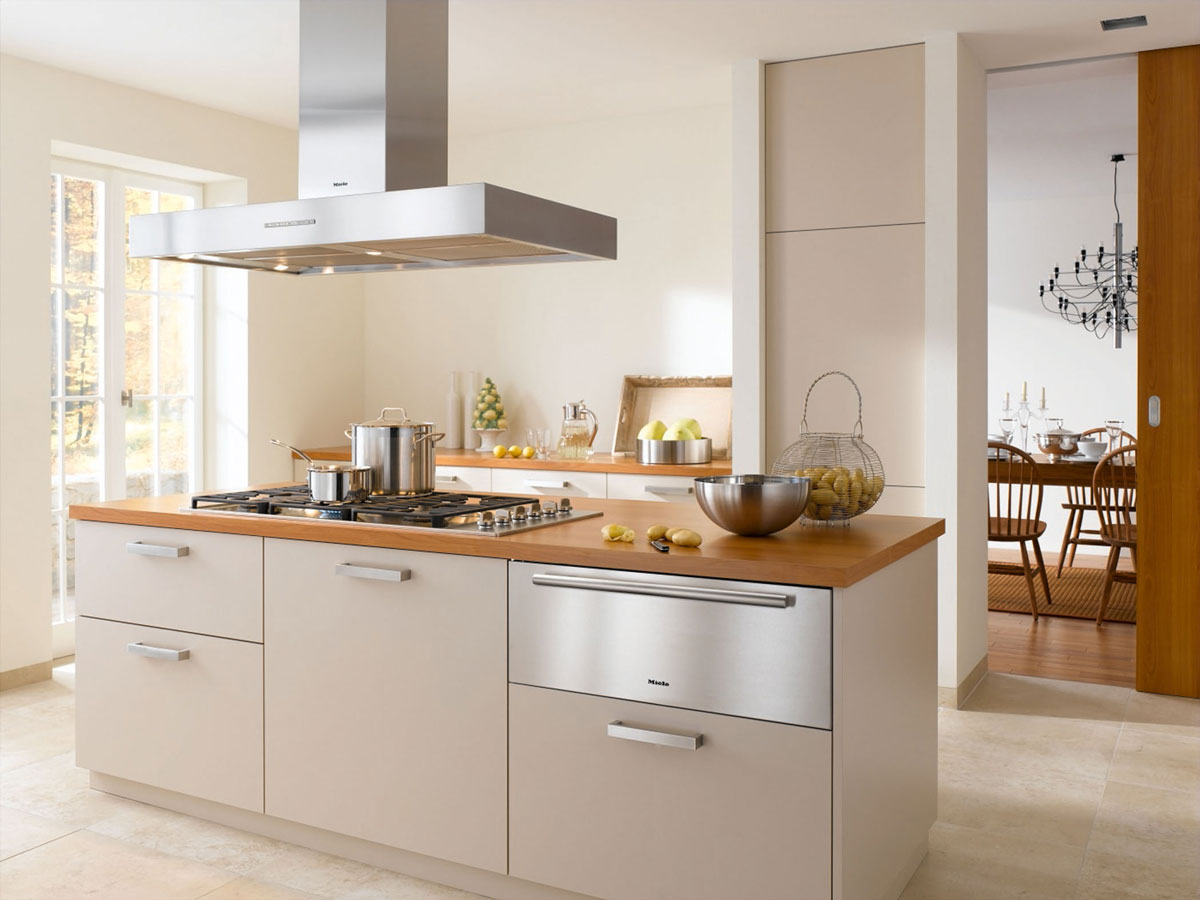
Factors That Influence The Performance Of A Range Hood
Sadly, most range hoods work perfectly well in theory, but do not offer the expected efficiency in practical. In fact, most range hoods are not capable of capturing more than 14% of the pollutants that are produced during cooking. This is because most house owners are unaware of the following factors that influence the optimal performance of these devices.
Size of the hood: One of the most common problems that limit the efficiency of range hoods is their inappropriate size. In general, a range hood is not large enough to completely cover all the burners of a cooktop. Even, if large hoods are installed they are generally placed too high up to suck in the pollutants in an effective manner.
Incorrect Fan Speed: It is a common belief that hoods with greater fan speeds are able to absorb the kitchen pollutants more effectively. However, this is not true as a speed greater than what is required can create back drafting from other household appliances. In fact, the ideal fan speed for an efficient range hood is when it is able to move a minimum of 200 cubic feet of air per minute.
Absence of An Exhaust System: You might be surprised to learn that most range hoods are not provided with an exhaust that can actually push out the kitchen pollutants into the atmosphere. These devices are re-circulate the air right back after filtering out the pollutants with the help of a charcoal or metal filter.
Improper Installation: The manner in which a range hood is installed also affects its efficiency in a significant manner. It is important to not only follow the manufacturer’s instructions while installing the hood but also to ensure that it is properly aligned and at an appropriate distance from the cooktop to be able to capture maximum pollutants.

Choosing The Best Range Hood
In order to get a relatively cleaner air in your kitchen, you need to make sure that you choose the best range hood. Given below are some important aspects that you should consider while shopping for the most appropriate device.
Size: You should always choose a range hood that is at least 5-6 inches larger than your cook top. This ensures full coverage of the cooking area which in turn means better absorption of the pollutants and greater protection through hygienic air flow.
Venting: It is also important to choose a hood that offers proper venting of the accumulated pollutants into the outside environment. Opting for hoods with a proper duct having minimum bends is surely better than choosing the ductless hoods.
Shape: You should give preference to a hood that features a hollow shape as it proves more effective in sucking up gases, fumes and other pollutants released during cooking.
Noise: Most range hoods having greater fan speeds tend to produce more noise as compared to the ones with lower fan speeds. The noise levels might also in accordance with the quality of the material used for making the hood.
Cleaning: It is important to choose a hood that can be cleaned easily, without seeking the help of trained technicians for the task.
- Admin .

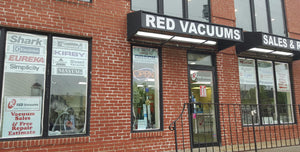

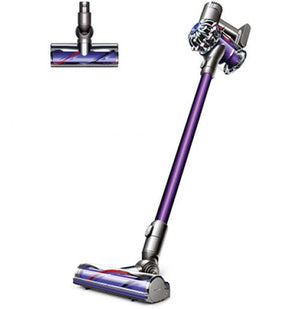
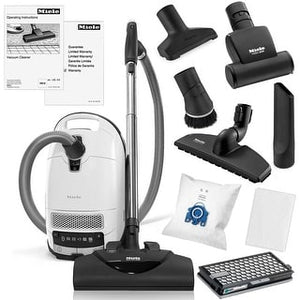

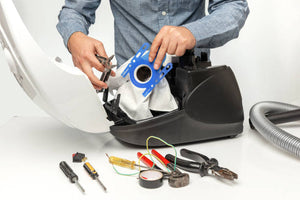
Comments 0